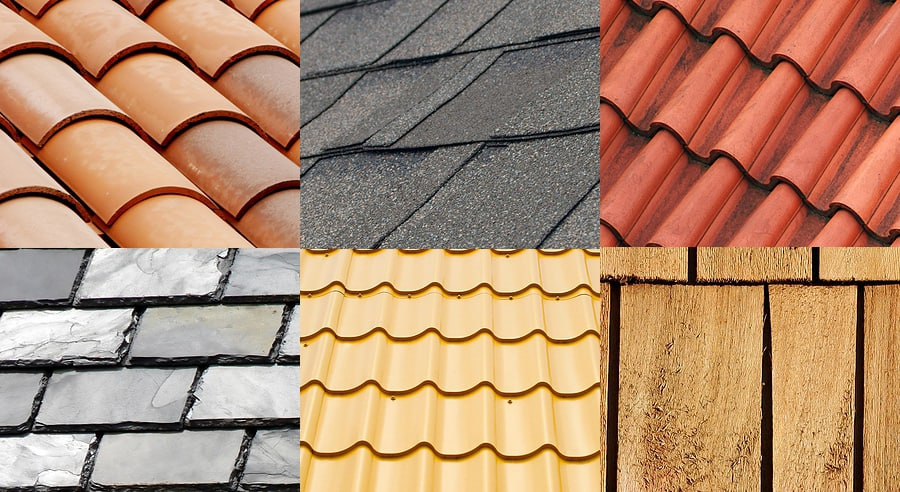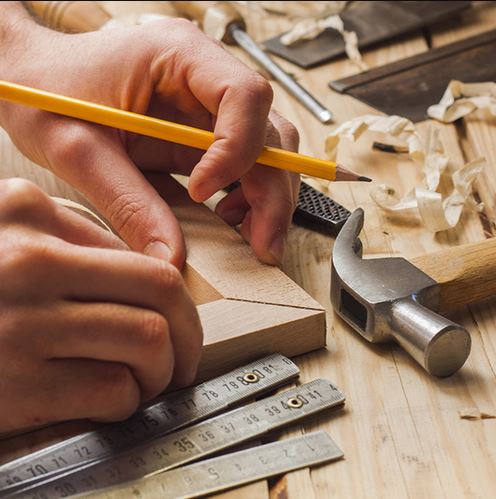If you’ve ever stood at a construction site and watched a mason mix mortar, you’d know one thing – cement isn’t just another grey powder. It’s the backbone of your home, the binding force that decides whether your walls stay strong for decades or start showing cracks in a few years. And yet, so many homeowners treat cement like it’s all the same. The truth is, choosing the right cement for home construction is one of the most crucial calls you’ll ever make.
Think about it this way: would you compromise on the foundation of your life? Of course not. Then why compromise on the foundation of your home? Cement is what ties everything together – bricks, sand, steel, tiles. The difference between using quality cement and ordinary cement is the difference between a house that weathers 40 monsoons and one that starts leaking in two.
Why Strong Cement Matters
Indian homes don’t have it easy. From scorching 45°C summers to months of heavy rain, from soil shifting beneath foundations to temperature swings that expand and shrink walls – your home takes a beating every day. Strong cement isn’t just about holding bricks together; it’s about resilience. It protects against water, heat, and time.
You wouldn’t want to redo an entire set of roof slabs because you opted for cheaper cement. Using low-quality cement will lead to cracks spreading across the ceiling and damp patches showing up in bedrooms. The redo cost will almost double what you saved by choosing a low-grade cement. Lesson? The best cement saves you money in the long run.
Cement – The Silent Worker in the Background
Most of us only notice cement when it fails – plaster crumbling, tiles lifting, terraces leaking. But when it’s the right quality cement, it works quietly:
Walls stay dry even through monsoons.
Floors stay solid without hollow sounds.
Bathrooms don’t leak into the rooms below.
It’s like the glue in a chair- if the glue is weak, the chair wobbles, no matter how fancy the wood. Cement plays the same invisible but critical role.
Cement and Its Different Applications
This is something many people miss out – not every type of cement is meant for the same purpose. It’s almost like your footwear collection- each pair is for a different purpose and occasion. Similarly, you can’t use one cement grade everywhere.
Here’s a quick lowdown on the applications:
- Foundations and beams: Require cement that is strong and can take the load without crumbling.
- Plastering: Needs an easy cement that spreads without much ado, bonds well, and resists shrinkage.
- Flooring and tiling: Demands quality cement so tiles stay fixed for decades.
The right cement in the right place is what makes a home durable and low-maintenance.
How to Spot Quality Cement
You don’t need a lab to figure out if cement is good. Some simple checks are just as effective:
- Check packaging: Fresh cement matters. Look for a valid manufacturing date and avoid buying cement older than 90 days. Cement loses its strength after that.
- Texture test: The simplest way is by touch- good quality cement feels smooth to the touch, not grainy.
- Clump test: Squeeze some cement in your hand. If it clumps and then breaks apart easily, it’s a sign of freshness.
Experienced masons and contractors are aware of which brands deliver consistent results. Don’t hesitate to ask for their advice – they know what works and what fails.
The Real Math: Cost vs Value
A bag of strong cement may cost Rs. 20–30 more than a local brand. On the face of it, that feels like extra spend. But zoom out: cement is about 12–15% of your total home cost. That small bump adds maybe 1–2% to your budget. Compare that to the cost of repairs—structural cracks, water seepage, or redoing plaster—that can wipe out lakhs.
Think of it like buying a helmet. You wouldn’t buy the cheapest one to save a few rupees when your safety is at stake. Cement works the same way for your home.
Real-Life Proof
In Kerala, homes near the backwaters survive decades of humidity because builders insisted on using the best cement for waterproofing. Whereas in Delhi, housing societies avoid crores in repair bills by switching to strong cement during construction.
In Small towns too, families build with quality cement to have their resale values go higher.
The conclusion is – cement isn’t an invisible expense – it shows in how your home ages.
Future-Proofing Your Home
Today’s homes carry more load than ever – solar panels on terraces, water tanks on rooftops, modular interiors that stress walls. Add climate change into the mix: harsher heat, longer monsoons. Ordinary cement isn’t built to handle this.
Strong cement, on the other hand, is future-proofing your home. It ensures your house stands the test of time and stress for generations and maintains its dignity.
The one thing you want to avoid is noticing cement when it fails. When plaster peels, when walls seep, when tiles loosen – that’s when bad choices show. Choosing the best cement for home construction is about avoiding those headaches.
Your home is the biggest investment you make- it is your family’s safe space. Don’t play with it by using average cement. Choosing quality cement guarantees strength, safety, and peace of mind, because strong cement doesn’t just build strong walls, it builds strong homes.
FAQs
- Why is picking the correct cement for my house so crucial?
Your home’s foundation is literally made of cement. Strong, high-quality cement guarantees that ceilings, walls, and floors will withstand normal wear and tear, withstand water damage, and remain solid for decades.
- Is it not possible for me to use any cement for every area of my house?
No. Different cement grades are required for different parts of a house. High-strength cement is needed for foundations and beams, easy-to-spread cement is needed for plaster, and cement that holds tiles firmly over time is needed for flooring or tiling.
- How can I determine the quality of cement?
There are easy methods: Look for a recent manufacturing date (less than 90 days old) on the packaging. Do a clump test; fresh cement forms clumps but breaks easily. Feel the texture—smooth cement is preferable. Masons with experience can also advise you on trustworthy brands.
- Doesn’t strong cement cost more?
A bag might be a little more expensive, but it’s worth it. Selecting high-quality cement only adds 1%–2% to your budget. It’s a small investment when compared to the price of repairs you could spend on for structural cracks, water seepage, or plastering over.
- How can cement make my house more future-proof?
Strong cement guarantees that your walls, roofs, and other structures are strong enough to support heavy loads, offering you a stress-free, long-lasting, and safe home.





